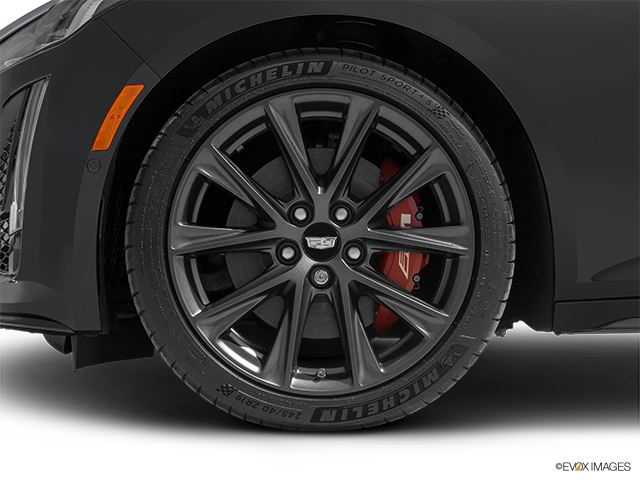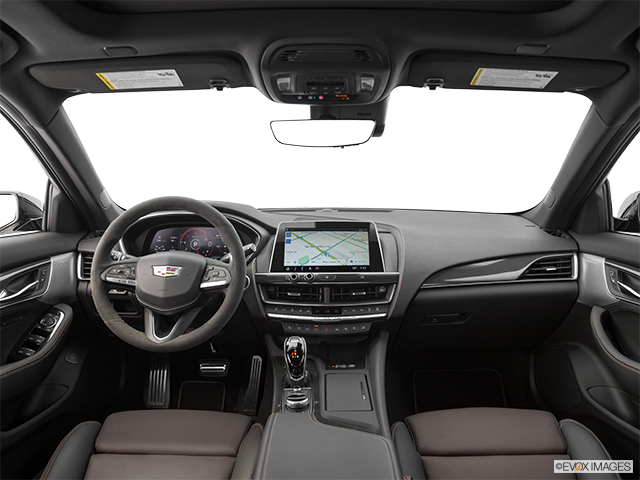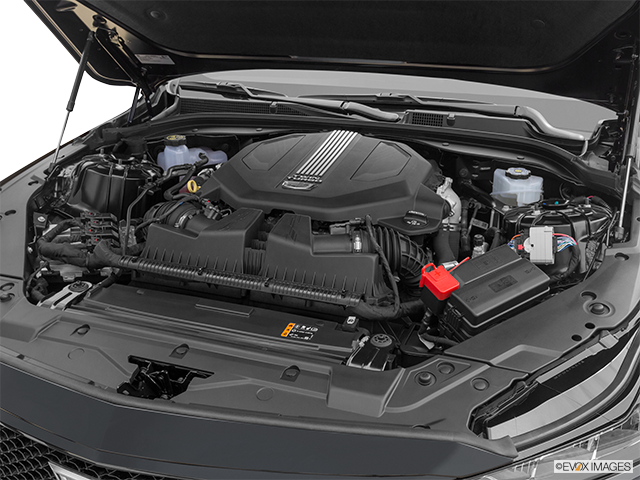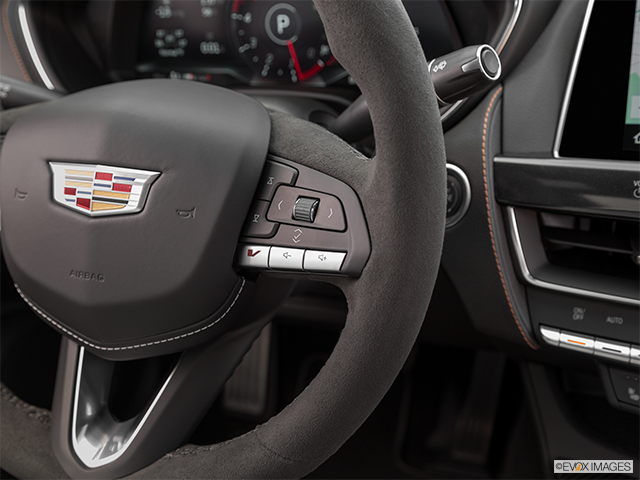Buying a car is one of the largest financial commitments that a consumer makes in their lifetime. Because cars cost so much money, they are typically not impulse purchases. Instead, consumers go through various stages in the buying cycle prior to making a purchase. If you want to generate sales at your dealership, it’s important to connect with consumers at every stage of this buying cycle.
Why? The car buying journey typically starts online rather than in a dealership. As a result, you can’t wait for a customer to walk through your dealership’s doors to start selling to them. You must proactively connect with them in the early stages of the buying cycle in order to convince them to visit your dealership to purchase a vehicle.
The strategy you use to connect with consumers will vary depending on the stage of the buying cycle they are currently in. This is because a consumer’s wants and needs will change as they travel through the buying cycle. But all of your strategies should involve the use of high quality, professional car stock photography. How can you use car stock photography to connect with consumers throughout the car buying journey? Here is what you need to know to take your dealership to the next level of success:

What Are the Different Stages of the Consumer Car Buying Journey?
Before learning how to use car stock photography to connect with consumers, it’s important to understand the various stages of the car buying journey.
Every consumer is unique. But in general, consumers pass through three different stages in the process of buying a car. Together, these stages are known as the consumer car buying journey:
- Awareness
- Consideration
- Decision
Awareness
Before starting out on the car buying journey, every consumer is in a state of unawareness, which means they are unaware of a problem they are experiencing or need that is unfulfilled. Once the consumer becomes aware of this problem or unfulfilled need, they enter the awareness stage of the car buying journey.
For example, say a consumer is frustrated with the size of their current vehicle. The consumer wishes they had more cargo space so they could fit all of their belongings inside their vehicle when taking road trips. In this example, the consumer has become aware of a problem, which is the limited space that their vehicle provides. Becoming aware of this problem indicates that the consumer has entered the awareness stage of the car buying journey.
During the awareness stage, consumers clearly define the problem they are experiencing. They also set out on a journey to resolve this problem by researching potential solutions. By the end of the awareness stage, the consumer may have come to the conclusion that purchasing something, in this case, a new, larger vehicle, could solve their problem. Once they reach this conclusion, they move onto the next stage of the car buying journey.
Consideration
At this point, the buyer has clearly defined their problem and has figured out that purchasing a new car could resolve it. During the consideration stage, the consumer will research and consider all of their options.
Consider the same example from above. In this stage, the consumer who wants a larger car will start to research various SUVs, vans, and trucks. They may consider various makes and models or start by researching the makes and models they are familiar with. The approach that a consumer takes can vary on a case-by-case basis.
The consumer will gather as much information as possible about potential solutions during this stage of the car buying journey. After they conduct this extensive research, they will make a list of their preferred solutions and compare their options.
For example, a consumer may create a list of five different SUVs they are interested in purchasing based on their research. Then, they will need to narrow down their options by comparing the vehicles on their list. The consumer may weigh the pros and cons of each vehicle on their list or ask themselves whether each vehicle will be an effective solution to their problem. They will also need to factor in the price of each potential solution when comparing their options.
By the end of the consideration stage, the consumer should feel as if they are aware of all of their potential solutions. They should also feel confident that they have the information they need to choose the right solution to their problem.
Decision
The final part of the car buying journey is the decision stage. Now that the consumer has evaluated all of their options, they are ready to make a purchase decision during this stage of the car buying journey. In other words, they know which vehicle they want to purchase. However, the consumer may still need to figure out where they want to purchase the vehicle from and how they want to pay for it.
During this stage of the car buying journey, consumers finalize the details of their purchase decision. For example, they may start to research auto dealers in their community. The goal of this research is to see where they can find the vehicle they want to purchase and which dealer is offering the best price. They may also look into financing options and request quotes from various lenders to see where they can get the best deal.
By the end of the decision stage, the consumer ultimately buys a new vehicle that will resolve the problem they encountered in the awareness stage of the car buying journey.

How to Use Car Stock Photography Throughout the Car Buying Journey
Now you should have a better understanding of the different stages of the car buying journey. The next step is learning how to utilize car stock photography to connect with consumers as they move through each of these stages.
Car Stock Photography for the Awareness Stage
During the awareness stage, consumers are still in the process of learning about their problem and the potential ways to solve it. You need to focus on providing informative, educational content in order to connect with consumers who are in this stage of the car buying journey. To do this, you may want to create:
- Blog posts
- eBooks
- Social media posts
You need to grab consumers’ attention during this stage of the cycle. Using the right car stock photography can help you achieve this goal.
Using the same example from above, your goal would be to make the consumer aware that a specific vehicle at your dealership could solve their problem. You could do this with 360-degree exterior spin photos that allow the consumer to view the vehicle from every angle. This would make it clear to the consumer that the vehicle is large enough to resolve their problem. Incorporating these images into a blog post or social media post could help you establish a connection with consumers in this stage.
You may also want to use eye-catching splash images. These images are powerful enough to stop a consumer in their tracks. A splash image can also help the consumer visualize what life would be like if they chose to purchase the featured vehicle.

Car Stock Photography for the Consideration Stage
It’s essential that dealers connect with consumers in the consideration stage. Why? This is when consumers evaluate and narrow down their options. If you fail to make a connection, you may not make it on the consumer’s short list of potential options.
This is the stage where consumers conduct extensive research and weigh the pros and cons of each option. Because of this, you must focus on convincing the consumer that your solution to their problem is better than their other alternatives.
To connect with consumers in the consideration stage, use car stock photography that showcases the most popular features and selling points of each vehicle. Using 360-degree interior panoramic images will show the consumer everything that the vehicle has to offer inside, which is where many of the most exciting features are found.
You should also incorporate full still sets into your strategy. A full still set includes dozens of images that capture every detail of the interior and exterior of the vehicle.
Providing these images makes it easy for consumers to compare and narrow down their options.
Creating editorial videos with professional voice overs can also help you connect with consumers in this stage. These videos should highlight all of a vehicle’s features and give the consumer a better understanding of the benefits each vehicle has to offer.
Car Stock Photography for the Decision Stage
To connect with consumers during the decision stage, you must focus on helping them finalize the details of their purchase.
For example, one of the last decisions that a consumer will need to make is what color car they want. They already know the make and model they want to purchase, so they just need to choose the right color. Help them with this decision by using three-angle colorized sets, which are sets of images that show the full selection of colors available from each manufacturer.
Use this as a guide to develop strategies incorporating car stock photography that help you connect with your target audience at every stage of their buying journey.


2 thoughts on “Car Stock Photography for Every Stage of the Buyer’s Journey”
Comments are closed.